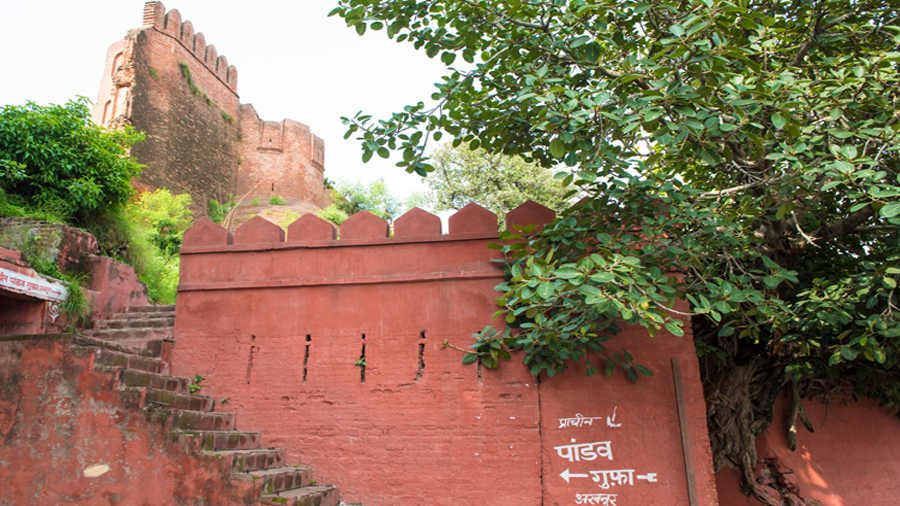Akhnoor Fort Quick Facts
| Place | District Akhnoor, Jammu Kashmir, India |
| Built in | 1657-1672 |
| Built by | Mian Tej Singh |
| Type | Cultural, Fort |
| Architectural style | Ancient Mughal Architectural Style |
| Architect | Ustad Baig Kashmiri |
Akhnoor Fort Overview
The Akhnoor Fort is a two-floors fort, built on a rock on the right bank of the Chenab River. The ancient name of this fort is Asikni. This fort shows a historical period of Jammu and Kashmir. And this fort is under the Archaeological Survey of India (ASI) since 1982, as well as it was declared a protected national monument under the Monuments Act, of 1958.
Akhnoor Fort History
Akhnoor Fort is situated on the right bank of the Chenab River. Whose ancient name is Asikni. The construction of this fort was initiated by Mian Tej Singh in 1762 AD, but its construction was completed in 1802 under the supervision of Raja's successor Alam Singh, then Raja Alam Singh of Akhnoor district.
Alam Singh was the son of Raja Mian Tej Singh. But according to many Archaeologists, this fort dates back to the period of the Harappan culture, which was later destroyed. Just as the Akhnoor Fort finds a place of pride in history for its antiquity and historical importance, Jia Pota Ghat on the right bank of Chandrabhaga i.e. today's Chenab river in Akhnoor district is the pride of this ancient city.
Akhnoor Fort Interesting Facts
- The Akhnoor fort has high and large fortification walls with bastions at equal intervals and crowned with warships. At the corners are two-storey watch-towers, which are crowned when the battles merge.
- The fort has two parts, which are adjoined by a wall with gates on the southern side towards the palace. The entire palace is two-floors, and the walls facing the courtyard are decorated with arches, some of which have frescoes.
- The graffiti art on the walls of the fort is the oldest painting. In the historical records of the prehistoric era, pottery was first made, but after some time people started using clay to make paintings on the walls.
- The entrance of Akhnoor Fort is obtained through both the river banks and the northern side. Formerly, a large part of the fort was in ruins, now the conservation work is in progress.
- The history of three periods has been exposed at an ancient site like Akhnoor Fort. Harappa in the first period is represented by red and gray earthenware including jars, beakers and goblets. The second period is marked by the presence of early historical pottery and the third period is represented by Kushan objects.

